QuestionMy daughter won some gold fish at a Halloween party. A month later we have 6 out of 11 left. We have a small aquarium set up (5 gal). About a week ago we noticed 2 of the fish have this black stuff all over their face and it's spreading to the rest of their body. We are feeding them TetraFin goldfish falkes, left over from a few years ago, when we aquired fish the same way. That time we kept them for over a year. We have a bubble/filter system. The water appears to be sort of orange. Can you help. Please realize these fish are just cheep feeder fish from Walmart! Thanks, Pianom0m
AnswerHi Pianom0m;
Starting a tank with so many fish was just too much for them. The black you are seeing is damaged tissue from "New Tank Syndrome" toxins. Kind of like scabs. The toxins burn the skin on the fish and it is trying to heal up now. The color in the water is from too many fish and too much waste. You need to change 25% of the water every day to get it cleared up. After it looks better and the tank has no excess crud in the gravel, make the 25% water change twice a week. With that many goldfish in one tank you will need to do it so they can survive for a little while longer. So....They really do need a bigger tank. Just one goldfish needs at least 10 gallons all by itself. They live to be 10 years old or more and grow to be 6 to 8 inches long. (Yikes!) Being deep-bodied messy fish, they just need much more space than many other fish that stay little by nature.
Here is my article on new tanks to help you know what has happened and how to avoid it in the future;
**********
New Tank Syndrome or Break-in Period
So you have a new tank and you filled it up, put the filter together, mounted the heater into place and turned on the lights. You have all the plants and decorations where you want them....
You are ready for fish.
But, your filter is not ready for a full tank of fish yet.
The filter is running and moving the water and cleaning out crud, right? Of course!
But a very important part of your filter is the part you can't see. An aquarium filter removes the larger visible stuff, but it also must remove the dissolved fish waste that turns into ammonia in the water. To do this, special bacteria must grow in the filter system and on the particles of gravel in the bottom of your tank. This process occurs even on a limited scale in little fish bowls that have no filter in them.
This is "New-Tank Syndrome" or the "Break-in Period". The entire process takes 6 to 8 weeks to complete because these "nitrifying" bacteria grow quite slowly.
Start off with only one or two hardy fish (no more than 2 total inches of fish) for every ten gallons of water and don't add more until the 6 to 8 weeks has gone by. Hard to be patient, but it is worth it to keep your fish alive and healthy. As a matter of fact, the bacteria cannot develop without fish in the tank. You can let that tank sit forever without fish in it, but as soon as the first fish goes in the process begins. Avoid changing the filter pads during break-in. This removes the bacterial colonies that are essential to a balanced aquarium. You can rinse the filter pad out in a container of aquarium water. This will preserve most of the bacteria colonies while still allowing your filter to flow freely. Even using bacteria additives and water conditioners when you first set up the tank will not make a tank begin the cycle by itself. If there are no fish to provide food (fish waste) for the bacteria, the beneficial bacteria cultures will die and you will have to start the colonies all over again once fish are added to the tank. Once the tank has completed the initial cycle, you can change the filter pads every 4 weeks or so. But for now, just rinse them.
Feed your new fish VERY lightly. Any excess food will cause additional waste your system cannot afford to have right now. If you see food floating around or lying on the plants and gravel after five minutes, too much food is going into the tank. Cut back a little each time you feed until it is ALL gone 5 minutes after you feed them. Feed them once a day.
During this "break-in period" your tank will become cloudy and milky looking. You may have to tolerate this for the entire break-in period but it is only temporary. Changing 25% of the water three times a week until the break-in period is over helps a great deal. Changing water reduces the ammonia and nitrites that rise while the bacteria continues to multiply. If ammonia and/or nitrites become too high, your fish will become stressed and possibly die. Use a good water conditioner when you replace the water and make sure it is the right temperature to avoid shocking your fish.
When the break-in is over after 6 to 8 weeks and there are no nitrites or ammonia present in the water you can slowly add more fish. Add one or two every week until you reach the desired population. This allows the bacteria to adjust to the new population every time before adding more. Monitor the nitrites and ammonia to be sure they don't come up. If they do, make a 25% water change and check them again. Don't add the next fish until the levels are down again.
The safe maximum population for any size tank is one inch of adult fish for every gallon of water in the tank. Do some research to be sure of the fish you are interested in. Even though they are small when you buy them, you have to base your population calculations on full-sized adult fish. Many hobbyists have up to two inches per gallon but this can be risky. If a water quality issue arises or a disease occurs it will spread fast and furious in an over-populated tank. In any case, 25% water changes every week to two weeks are absolutely essential for the health of your fish.
Following these guidelines will help you get your new tank on the right track.
**********
Followups welcome
At Your Service;
Chris Robbins
Come on over and join us on the freshwater fish forum at About.com to get even more information too;
http://freshaquarium.about.com/od/questionsanswers/a/naavigateforum.htm
My member name is ChrisR62. See You There!

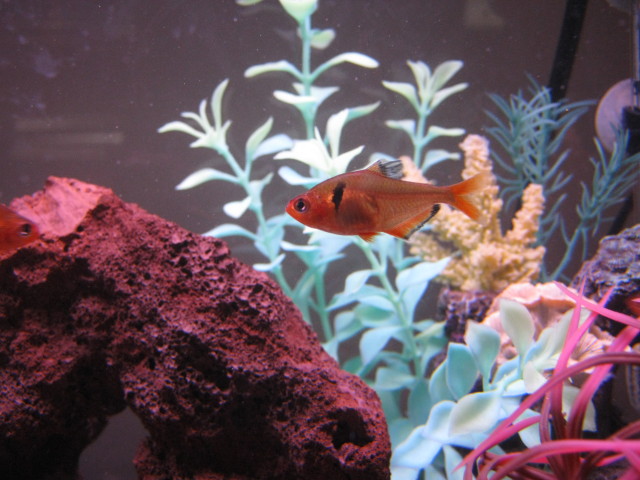 aggression or disease?
Question
tetra fin
Hi, I have a 15 gallon freshwater ta
aggression or disease?
Question
tetra fin
Hi, I have a 15 gallon freshwater ta
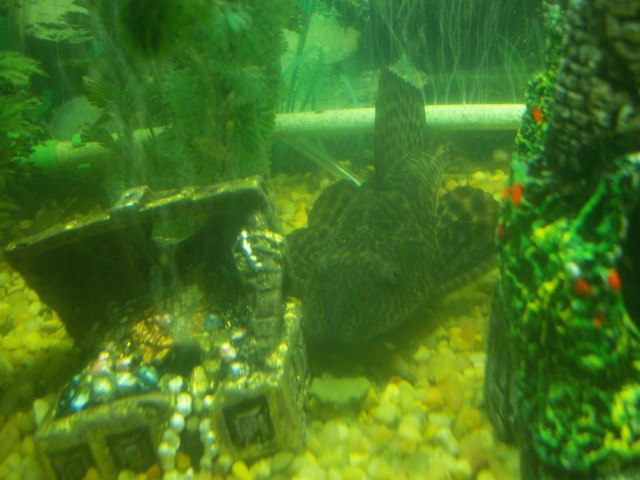 sick pleco please help
Questionsick pleco
QUESTION: Hello I have a 29ga
sick pleco please help
Questionsick pleco
QUESTION: Hello I have a 29ga
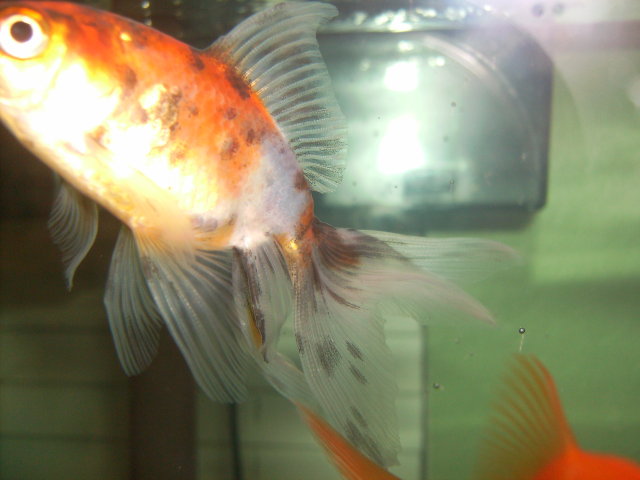 My fantail goldfish might have fungus
Questionthe sick fantail
QUESTION: Hello Jaymie,
My fantail goldfish might have fungus
Questionthe sick fantail
QUESTION: Hello Jaymie,
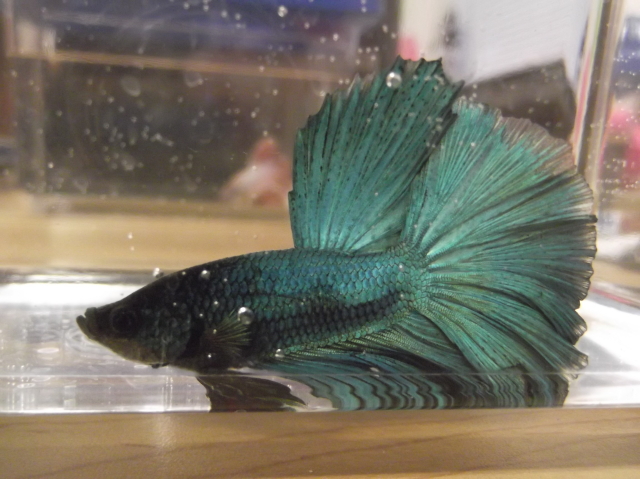 Lethargic Betta; Lack of Appetite
Question
Meris
A couple of days ago my roommate
Lethargic Betta; Lack of Appetite
Question
Meris
A couple of days ago my roommate
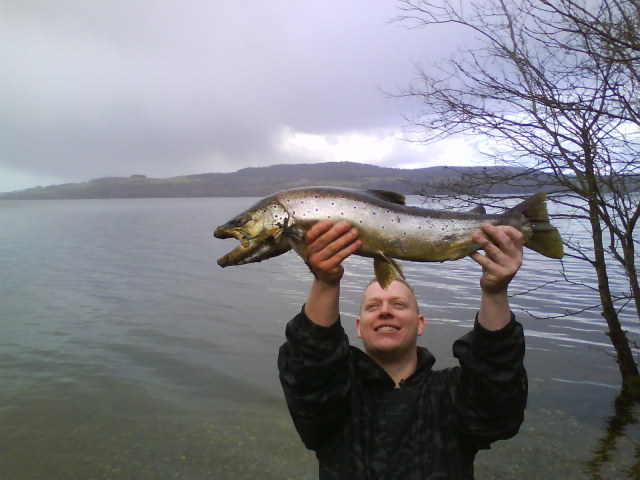 salmon or sea trout
Question
salmon or sea trout?
hi there
i caught this
salmon or sea trout
Question
salmon or sea trout?
hi there
i caught this